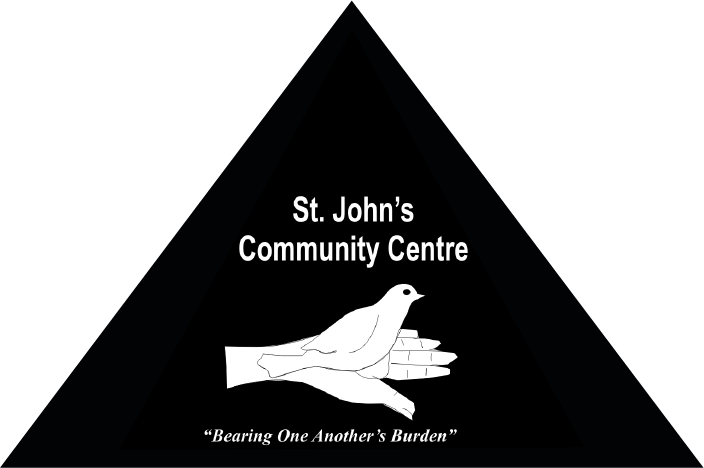St. John’s Community Centre is one of the institutions of the Anglican Church of Kenya under the Diocese of Nairobi that has been engaged in facilitating social development work in Pumwani since its inception by the Church Missionary Society in 1957. the organization focuses on five main thematic areas: Education and training, Economic empowerment, Governance, and human rights, and Health and management.
In its pursuit of transformative development among the residents of Pumwani’s informal settlements and beyond, SJCC targets the most vulnerable households, aiming to empower women, youth, children, and those affected by HIV/AIDS. SJCC programs employ integrated approaches that enable our clients to take the lead in steering their own improvement.
our vision
A godly society with dignified and sustainable livelihoods
our mission
Promoting a just healthy and transformed society through capacity building, social inclusion, and accountable interventions.
NAIROBI INFORMAL SETTLEMENTS
Nairobi covers an area of 69.1km2 with a population of 3,138,369 and 985,016 households according to (Kenya National Bureau of Statistics, 2010). Informal settlements occupy 5% of Nairobi and Over 60% of Nairobi’s population lives in the informal settlements (UN-Habitat, 2006). This implies over 1,980,000 people in less than 42km2 (47,143persons per Km2).
Economic Situation:
70 – 75% of slum dwellers are poor (World Bank, 2006), living on an income of less than 1.25 dollars per day.
Economically, the slum community people are involved in small businesses such as selling food, second-hand merchandise, hawking, washing clothes and pulling carts. Some also go to the surrounding factories in search of casual jobs which give meagre income that is barely enough to take care of the basics such as paying rent, accessing healthcare especially nutrition and even school fees.
Social Situation:
Housing comprises clusters of shanties made of mud wall and, iron sheets or tin roofs. There is poor access to basic services of sanitation, water, health services and infrastructure. Due to a cosmopolitan base of the slum dwellers, there is diversity in culture with each ethnic group being influenced by their respective cultures especially among the people above 35 years of age (non-youths). The youths, have developed their own sub-culture manifested in a creole of Swahili, English and native languages referred to as ‘Sheng’. Slum demolitions is a common phenomenon necessitated by the government intervention of slum upgrading
Religion/spiritual:
There are two main religions in the informal settlements; these being Christianity and Islam, the former being the majority. The Christians are split between mainstream churches and Pentecostals. The mainstream churches include the Anglican church of Kenya, Presbyterian church of East Africa and the Catholic church among others.
ENVIRONMENT:
The environment in the slums is not conducive for human habitation. There is no planning and the houses are congested with no through ways/roads making it very hard for movement within, especially in times of emergencies such as fire outbreaks which are common. The sewage and garbage system is either lacking or very poor in all the targeted areas, so there is continuous overflow or heaping of waste. The situation is made worse by lack of adequate water and sanitation facilities. The communities are extremely vulnerable to disasters such as fire outbreaks, epidemics and flooding because of the congestion, poor quality housing and unhygienic conditions.
